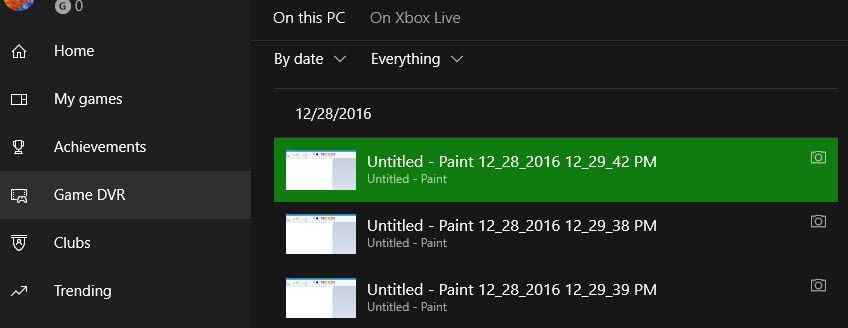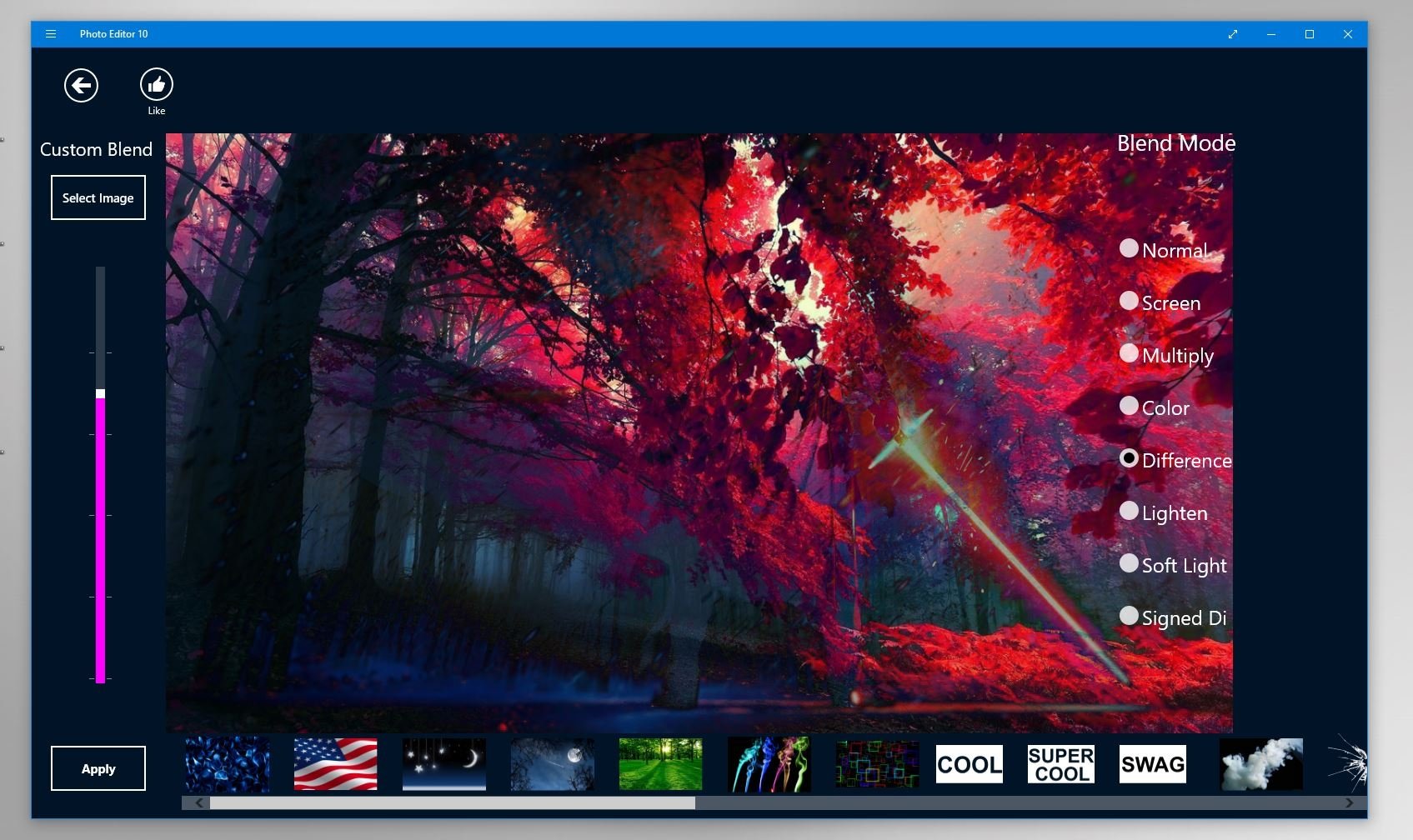Next purchase a Windows 10 license from the Microsoft Store and download the installation media. Now it depends on whether you Mac has a CD/DVD drive or not. If you have a drive, you can simply use the MediaCreationTool to burn an installation disk. Otherwise, use it to create an ISO disk image file.
In addition to installing Windows alongside macOS on your hard drive, you can also run Windows in a virtual machine directly from macOS. This way, you can easily access both operating systems at the same time and transfer files between them without restarting your Mac. Virtual machines allow you to install and open Windows 10 in a window on your Mac desktop.
Windows will "think" it's running on a real computer, when it is running inside an app. With virtual machines you run both macOS and Windows at the same time, which is handy if you want to open a single Windows program alongside your Mac applications. However, when you run a virtual machine, your computer's resources are split between the two operating systems, so everything may run slower than usual. On the other hand, only one operating system will be able to run at the same time, so you will have to reboot between them depending on which apps you need to run at the moment. That is not a problem when using virtual machines.
Data – personal files like documents, music, pictures, videos. If you plan to store any such content, you need to consider it is worth keeping locally or maybe invest in an external hard disk or keep only the key files you need or work on regularly. This might be a perfect time to consider storing some files in the cloud if necessary. If you plan to use your Mac at work, your employer might configure your credentials to store files on their network instead of locally. For my purposes, I am using a Mac with 256 GB of disk space; since Windows 10 will only be used for key apps and some files will be stored on an external drive, I will be allocating 56 GBs.
You might be using a Mac with limited storage; consider your needs carefully now and in the future. If you don't, you might have to back up and start over. If you work mostly with Office apps, you can go with the bare minimum; if you are working with video and pictures, think big.
The bare minimum I recommend these days is at least 50 GBs for Windows, and that's cutting it short. If you want to run complex software such as the Windows version of Excel or any high-end game, then you need to set up a virtual Windows system, sometimes known as a virtual machine . You can run this virtual system entirely inside a macOS app.
The VM behaves as if it's running on real hardware with a real hard drive; it just runs a bit slower than a Windows system running on physical hardware. The reason for the slower performance is that this method requires you to run an entire Windows system in the background in addition to the app you want to use. Most people will probably be happiest going for a virtual machine program and a Windows license. With CrossOver, you don't need to run a Windows virtual machine—but, if you do run a Windows virtual machine, you'll be able to run almost any Windows program with less risk of bugs. CrossOver does theoretically allow you to run Windows PC games on a Mac with better performance than you'd get in a virtual machine, but you'll risk running into bugs and unsupported programs. Boot Camp may still be a better solution for that.
What about Boot Camp, Apple's long-standing option for running a Windows system on a separate partition on an Intel-based Mac? Boot Camp still exists, but Apple has effectively stopped supporting it. And Boot Camp has a major inconvenience; you have to shut down your macOS system and restart it every time you want to run Windows. There's no integration between macOS and your Windows partition, either. Boot Camp won't let you run a Mac app and a Windows app at the same time or transfer files between systems quickly, for example.
If you have an Apple Silicon Mac, don't even think about Boot Camp. If you pick Boot Camp, then it's perfectly fine – the most authentic Windows experience will be yours. But at the same time, you will need to sacrifice storage space on the limited capacity startup disk, which with Boot Camp is a minimum of 40GB. But while virtual machines are more flexible, the required storage can grow exponentially as you continue to use Windows. Boot Camp doesn't allow you to easily transfer content between OS X and Windows partitions like virtual machines do, and you can't run the two operating systems simultaneously. But it does give Windows full access to the processing power of your Mac.
It's also completely free , and a shared Dropbox / Google Drive / OneDrive folder can make data transfers a bit easier. Regardless of whether you choose Parallels or VMWare, set aside about 20 minutes to install Windows and 30GB or more of disk space on your system. If you wish to run both macOS and Windows on a single Mac computer, UITS recommends using Apple's Boot Camp utility to install Windows 10 on your Intel-based Mac. BootCamp comes preinstalled in MacOS and allows you to partition your hard-drive and install Windows in parallel to MacOS as a native OS . You can then decide which partition you want to boot from by default, and you can also switch the partition to boot from upon startup by holding down the "Option" key.
I know of many people who divide their hard disk into equal partitions to be able to switch back and forth between MacOS and Windows as needed. However, if you need both OSs all the time, I find the VM approach to be easier to use. Parallels Desktop is very intuitive and easy-to-use for regular computer users.
The app will configure everything for you, even download Windows 10 or utilize the one you already downloaded via Boot Camp. You can open Windows in a separate window , or you can turn on Coherence mode. In Coherence mode the virtual machine will run in the background, while Windows programs can run alongside your Mac apps. You can even put Windows programs on your macOS desktop or pin them to Dock. Parallels Desktop allows you to copy and paste or drag and drop between Windows and macOS without any problems.
Once you've signed up, you'll be able to download an ISO file that acts just like an inserted install disk. You'll want to download the 64 bit version of file in the language you want Windows to run in. Both Parallels and VMware Fusion let you create a virtual system by cloning an existing desktop system across a network, but it's a lot simpler to install a fresh copy of Windows. Users of Intel-based Macs can download the standard Windows ISO file from Microsoft and rely on Parallels or Fusion to install Windows correctly from there. M1 Mac users must register for the Windows Insider Preview program and download the ARM version of Windows 10.
Only Parallels supports the ARM version, but it has no trouble configuring your Windows VM with that version on an Apple Silicon Mac. Parallels recently announced support for Windows 11 on M1 Macs, but again, for the ARM version only. If you have an Intel-based Mac, your best choices for installing a virtual Windows machine are Parallels Desktop ($79.99 for Standard Edition) and VMware Fusion ($199 for VMware Fusion 12 Pro).
On an Apple Silicon-based Mac , Parallels Desktop is your top option. Parallels is more approachable for beginners and faster. VMware Fusion is friendly enough for any experienced Windows or Mac user, but it's more suitable for corporate use. Saving the state of your macOS virtual machine session is easy.
With this release, Windows is back on the Mac, but with a big caveat. The software requires that you use a version of Windows designed to run on ARM processors, called Windows 10 for ARM64. During this part of the installation, your Mac will restart a few times, ultimately landing you at a screen that will ask you which partition you want to install Windows 10 on. Select the partition labeled "Boot Camp," format it for NFTS, and continue with the installation.
You'll go through the setup wizard where Windows will ask you for the product key and you'll be on your way. Now that we have the USB drive fully prepared, there is one more step to go through before we can do the installation. That is to partition your hard drive or SSD in order to have a place to install Windows 11.
For this post, I will go for a dual boot where I will have Windows 11 and macOS next to each other on the same disk. You'll need a Windows license to install Windows in a virtual machine. If you already have a product key, you can downloadWindows installation media for freeand install it in a virtual machine program.
There are two easy ways to install Windows on a Mac. Perhaps the easiest way to get Windows up and running on your Mac is to use virtual machine software. Although there are other virtual machines are available, Parallels is by far the easiest way to install Windows 10 on Mac. Parallels has been around for many years and the installation process in the latest version of Parallels is now so automated and refined then it even downloads and install Windows 10 for you. You don't even need to purchase it to try it – you can download a free trial of Parallels instead.
After it restarts, Parallels Tools would likely need to be reinstalled. The process should start automatically without the need for you to do anything but wait for the installation to complete. Once the Parallels Tools are reinstalled, your Windows 11 virtual machine should be ready for use. Now let the Windows 10 installer run through, including 2 potential reboots of the machine.
Once you are logged into Windows 10 after the entire Windows 10 installation sequence has completed, another installer should pop up for installing device drivers from the UBS stick. These are Windows-drivers from Apple that are specific to the particular hardware of your Mac. If the installer doesn't start on its own, go to the USB drive and launch the setup.exe you will find there. If your copy of Windows came on a USB flash drive or you have a Windows product key and no installation disc, download a Windows 10 disk image from Microsoft. I've seen online of using boot camp assistant, but it seems apple has updated it so that BCA is no longer able to burn windows iso onto a usb. Due to the nature of the configuration of the virtual machines, the update process is not the same as a regular macOS installation on proper hardware.
The patches and workarounds that make the macOS virtual machine work with a particular version may not work with the update. The above tutorial will guide you through the virtual machine download and installation process, how to download the macOS operating system, and how to install it on the virtual machine. VMware Fusion is another popular virtualization software for Macbooks. It is close to Parallels in terms of functionality and pricing, but VMware's Fusion supports a larger number of operating systems than Parallels.
On the other hand, Parallels is easier for beginners, and runs a little smoother. Otherwise, these two programs are approximately on the same level. You can create an unlimited number of virtual machines from a single VMware Fusion license. You will need to provide the required operating system software and license for each installation of a virtual machine.
Popular virtual machine programs for Mac includeParallelsandVMware Fusion. Each of these is a paid program, so you'll have to buy both a Windows license and a copy of your virtual machine program of choice. You can also use the completely free and open-sourceVirtualBox for Mac, but its 3D graphics support and Mac operating system integration aren't as good.
Parallels and VMWare Fusion bothoffer free trials, so you can try all these programs and decide which is best for you. However, they're still running inside the virtual machine in the background. Avirtual machineis one of the best ways to run Windows desktop software. They allow you to install Windows and other operating systems in a window on your Mac desktop.
Windows will think it's running on a real computer, but it's actually running inside a piece of software on your Mac. Once Boot Camp Assistant creates the partition, it asks for your administrator password. Your Mac then restarts and loads the Windows ISO. Follow the steps in the ISO's installer, entering your product key and choosing the correct version of Windows to install. If your copy of Windows came on a USB flash drive, or you have a Windows product key and no installation disc,download a Windows 10 disk image from Microsoft. JohnIL February 12, 2021 I prefer to run Windows natively, I use Windows 10 a lot on my Mac's. Apple moving to a custom ARM chip for Mac's means that Boot Camp is no more.
Parallels is working on a M1 Mac based preview but even that application will only run ARM based operating systems. I think Apple switched to its chips purely on locking in users and making more profits. I have my doubts since the whole platform becomes locked to Apple. With the recent release of Windows 10, I embarked on a fun weekend project to convert my old MacBook Pro laptop into a new Windows 10 laptop.
I'm very happy with the result and this is now going to be my main laptop for all my business trips going forward. While Windows viruses cannot infect macOS files, what happens is that the Mac becomes a host to the viruses and is able to infect PCs that are connected to the network. Also, in some cases, if a virtual machine running Windows gets infected, it may potentially render the content of the shared folders useless. Instead of installing a bottler app or virtual machine, Mac users can install Microsoft's Remote Desktop app.
However, this requires a connection to another PC that already has Windows installed and allows remote access. But once you have a Windows license you will still need to choose a way of installing Windows on a Mac. Depending on the solution chosen, this could add up to $150 in additional license costs since virtual machine software can come with its own fees. Of course, there are ways to eliminate that cost by using Boot Camp or VirtualBox, both of which are free solutions to this problem. But like with any freeware, they each have their own benefits and downsides.
Can I Download Windows 10 On Mac For Free If you've chosen to use Parallels, this guide includes images and should be sufficient to get through the installation process. For VMWare Fusion, their support page includes both a video and text-based tutorial for installation. Those who opt for VirtualBox can follow LifeHacker's guide to setup since this program's installation includes a plethora of personalization options you may not be sure what to do with. If the idea of rebooting your computer to switch OS doesn't appeal to you, a virtual machine is always an option. These are ideal in situations where you only need one program or don't plan on doing many taxing operations on Windows. No, unfortunately, it's not possible to install the x86 version of Windows on Macs powered by the Apple M1 chip, which is an ARM-based system on a chip.




























No comments:
Post a Comment
Note: Only a member of this blog may post a comment.